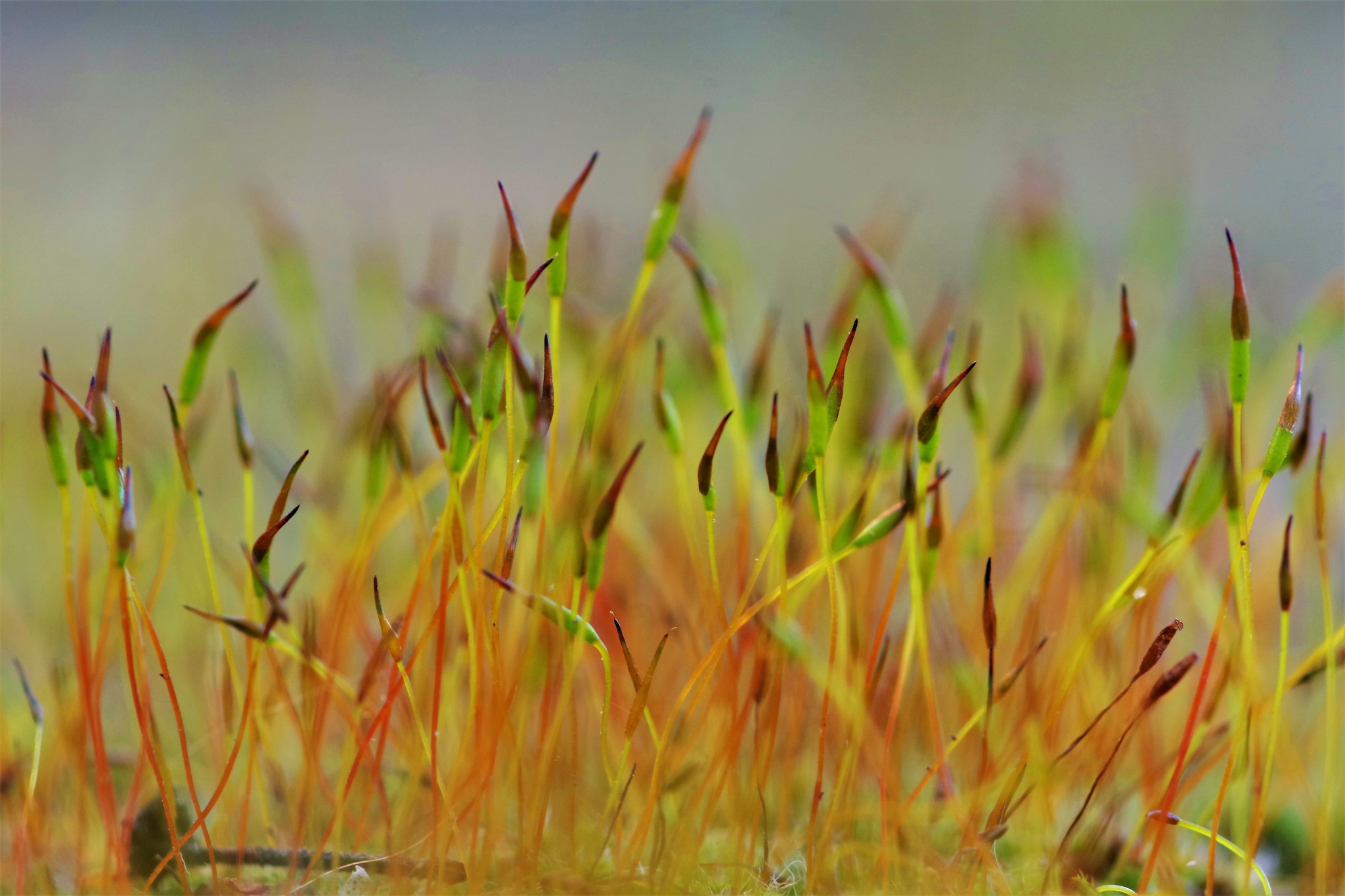
Study Shows Genetic Origins of How Plants Evolved from Living in Water to Land
January 22, 2020| |
A collaborative research team from the Universities of Bristol and Essex announced that they have specifically identified two periods in time that genomic novelty played a major role in the evolution of land plants, leading to multi-cellularity and terrestrialization. These bursts of genomic novelty gave scientists better insight regarding gene novelty in plant evolution and challenged the established view of the origins of plants on land.
The scientists investigated 208 genomes through an evolutionary genomics pipeline. This allowed the scientists to essentially travel 470 million years back and identify which genes were already present in the first land-based plants during their evolution from growing in water to land. They discovered that there were two gene explosions, a term that the scientists used to describe an unprecedented level of genomic novelty rather than occurring at a gradual level as previously thought. They state that the first burst happened before plants adapted to growing on land and that this specific burst explains why plants are multi-cellular. The second burst accords with the origin of land plants. Genes evolved during this burst are related to how plants on land adapted to the terrestrial environment. These findings highlight the biological processes involved with the evolution of land plants and emphasize the importance of conserved gene novelties in plant diversification.
The team plans to use the same method to further study genes involved in drought tolerance. According to them, the method may help them identify drought resistance genes in crops and may lead to the introduction of dessication-sensitive plants.
Read the press release from the University of Bristol. The full paper is available in Current Biology.
| |
You might also like:
- International Research Team Traces Family Tree of More than 1,100 Green Plants Over 1 Billion Years
- Scientists Identify Genes that First Enabled Plants to Grow Leaves
- Researchers Find Genetic Mechanism for Controlling the Shape of Fruits, Vegetables, and Grains
Biotech Updates is a weekly newsletter of ISAAA, a not-for-profit organization. It is distributed for free to over 22,000 subscribers worldwide to inform them about the key developments in biosciences, especially in biotechnology. Your support will help us in our mission to feed the world with knowledge. You can help by donating as little as $10.
-
See more articles:
-
News from Around the World
- Trending News on Crop Biotech in 2019
- Scientists Engineer Mosquitoes to Repel Dengue Virus
- ISAAA: More than 70 Countries Adopted Biotech Crops since 1996
- VIB Submits Application for New Field Trials of GM Maize
- Enabling Plants to Combat Climate Change by Storing More Carbon Dioxide
- EU Commission Seeks Overhaul of GM Law to Address Gene Editing Regulations
-
Research Highlights
- Overexpression of Pear Gene in Arabidopsis Boosts Abiotic Stress Resistance
- GM Crops with One or More Bt Toxins Do Not Pose Risk for Non-Target Organisms
- Study Shows Genetic Origins of How Plants Evolved from Living in Water to Land
-
Plant
- CRISPR-Cas12a-based DNA Test Used in Disease Detection and GMO Identification
-
Read the latest: - Biotech Updates (December 3, 2025)
- Gene Editing Supplement (November 26, 2025)
- Gene Drive Supplement (February 22, 2023)
-
Subscribe to BU: - Share
- Tweet

